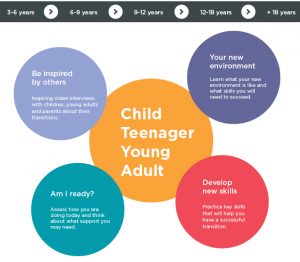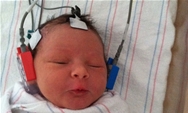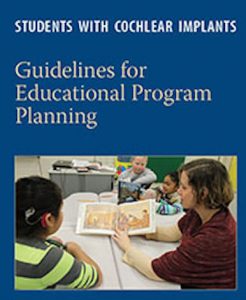Transitions Management for Children and Young Adults with Hearing Loss
 Transitions are the times of change in life that we all go through as we move from childhood into adolescence on to adulthood. They may feel challenging, especially to children and young adults who are still finding their way in life. However, transitions are also opportunities to learn, grow, and discover new things about ourselves and the world around us.
Transitions are the times of change in life that we all go through as we move from childhood into adolescence on to adulthood. They may feel challenging, especially to children and young adults who are still finding their way in life. However, transitions are also opportunities to learn, grow, and discover new things about ourselves and the world around us.
The Ida Transitions Management tool is an interactive platform designed to help children and young adults with hearing loss and their families successfully manage key transitions during childhood and youth.
What are the benefits?
Enables children and young adults with hearing loss and their families to:
- Learn about their new environment and plan a successful transition
- Identify and articulate their needs for professional support
- Openly discuss the child or young adult’s hearing loss in the family
Provides:
- an effective go-to suite of online resources for children, young adults, and their families to help them manage transitions
- key insights into the needs of children and their families to provide appropriate and timely support
- a framework based on the principles of self-determination



